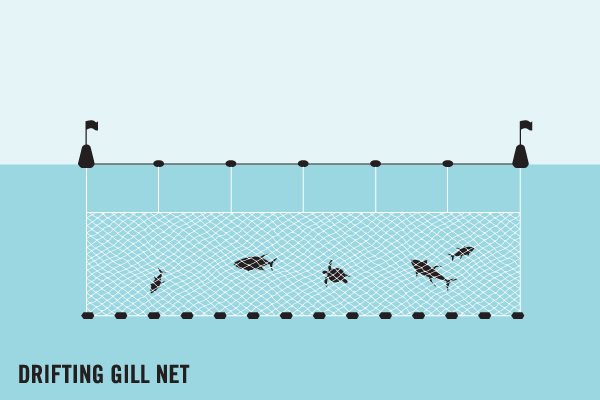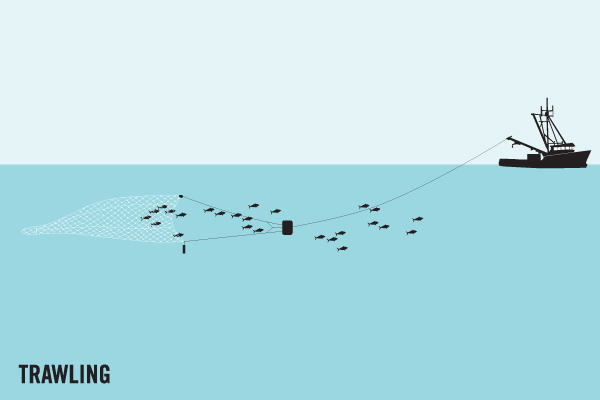Average Weight/Length
Both run from hand size to more than 1 pound. World record 4 pounds, 10 ounces.
Other "Popular" Names for this Fish
Jorobado, Horse-head
Location Habitat
Lookdown and Moonfish may be found nearly anywhere in shallow coastal waters, but are most common around bridge and dock pilings, navigation markers, and in channels and canals, where they frequently gather under shoreside lights at night. Adults are found in shallow coastal waters, usually over hard or sandy bottoms. Juveniles may be encountered in estuarine areas and off sandy beaches. Found in schools, but may be encountered in small groups or in pairs. Adults feed on small crabs, shrimps, fishes, and worms.
Biology & Physical Description
Both the Lookdown and the Atlantic Moonfish, Selene setapinnis, are flat, silvery fish of similar size, appearance and habits. Moreover, they are often found in company with each other, which adds to the angler's confusion. The Lookdown has a sloping, concave head and long streamers, running off the dorsal and anal fins. These streamers, however, are not nearly so long and flowing as those of the juvenile African Pompano. The head of the Moonfish is less blunted than that of the Lookdown, and all its fins are short. Dorsal spines (total): 6 - 7; Dorsal soft rays (total): 18-21; Anal spines: 2-3; Anal soft rays: 16 - 18. Dorsal and anal fins have very long, dark anterior lobes. No scutes; a broad patch of orange-yellow on abdomen in front of anal fin; pectoral fins blackish.
Geographic Species Map (Fishbase.org Map)
|
|

|
Summary of Distribution: Western Atlantic: Canada to Maine to Florida, USA (possibly from Nova Scotia, Canada), along coasts of central and south America to Uruguay, including Bermuda and Gulf of Mexico (Ref. 9626). Rare in Greater Antilles. |
|
Note: Distribution range colors indicate degree of suitability of habitat which can be interpreted as probabilities of occurrence (fishbase.org) |
|
Sport Fishing Techniques
|
|
Gill netsGill-nets are the dominant gear in the Indian Ocean. Gill-nets are used in artisanal and semi-industrial fisheries, contributing to 30-40% of the total catch. The net design is comprised of continuous panels of uniform mesh size, aimed to trap fish behind the gills. The International Sustainable Seafood Foundation (ISSF) notes that rates of sharks and turtle by-catch in Indian Ocean gill-net fisheries are high.. |
|
|
|
Kite Fishing (Rig)A Kite Fishing Rig is.... |
|
|
|
Kite Fishing (Trolling)Kite Fishing Trolling is when you are.... |
|
|
|
TrawlingTrawling is when.... |
|
Tackle & Baits
When a good spot has been identified, ultralight or very light spinning and fly tackle provides the most sport. Both fish are good strikers on small jigs and tiny plugs. They also take live minnows and shrimp, but don't much care for dead baits.
Game Rating
Game Rating : 8.5/10
Game Description :
Both are aggressive strikers and spirited fighters for their size.
Food Rating
Game Rating : 8.5/10
Game Description :
Excellent panfish.




















 Jack (Lookdown)
Jack (Lookdown) 





